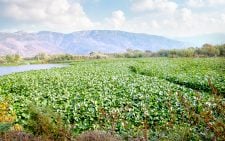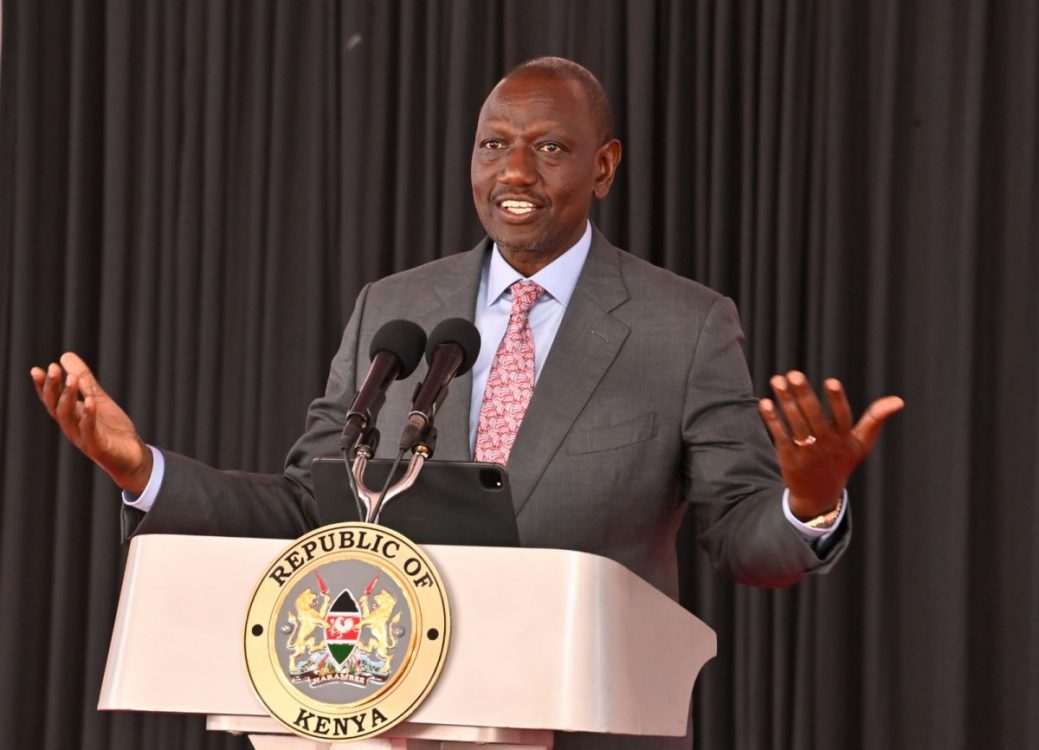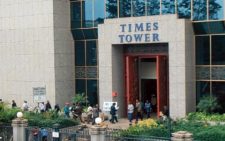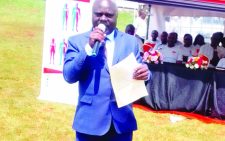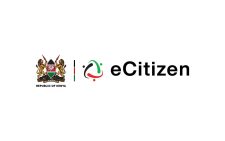How green deal on sharing benefits of nature was won
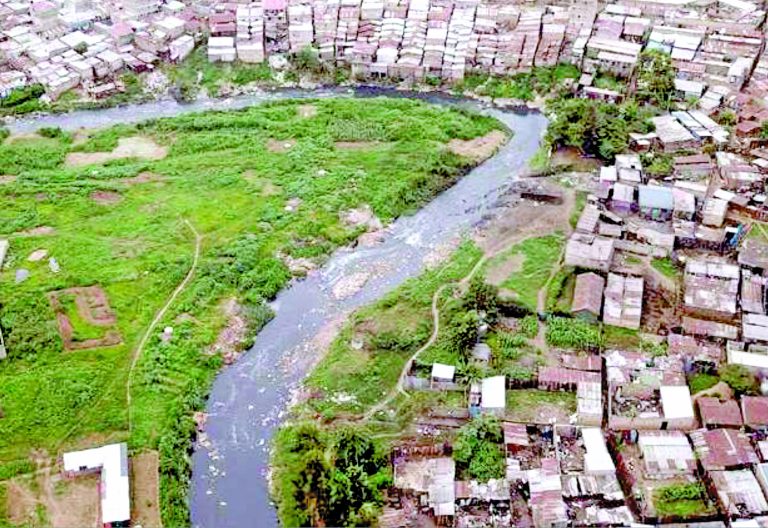
Two experts yesterday narrated how an unlikely partnership of industries, researchers and Indigenous peoples – after a protracted struggle – agreed on the equitable use of genetic data from plants that make many blockbuster medicines and products.
Writing in The Rockefeller Foundation newsletter, John de la Parra, its director, global food portfolio and the Meridian Institute’s Julian Portilla, discussed this connection, and how the war for fair and equitable sharing of the benefits of nature was won.
In the second part of this article, they narrate how Indigenous peoples and local communities (IPLCs) who steward medicinal plants can now also receive the benefits after an agreement on equity and inclusion in the use of genetic resources.
Member states of the United Nations Convention on Biodiversity (CBD) reached agreement to establish the Cali Fund for the Fair and Equitable Sharing of Benefits from the use of digital sequence information (DSI) at the 16th CBD summit 2 (COP16) in Rome, Italy in February.
Countries agreed on an expanded role of IPLCs in saving biodiversity with the groundbreaking agreement on the operationalisation of the Cali Fund, a new global mechanism to share benefits from digital genetic information. How did The Rockefeller Foundation 2022 Bellagio Center convention around the digital sequence information (DSI) debate evolve and what did it accomplish?
The foundation came to the issue through the Periodic Table of Food Initiative (PTFI), a global effort to develop standardized methods to comprehensively measure constituents of the world’s foods.
“When we heard the concerns of stakeholders about what would be done with the digitised information, how it might be shared, and how it might impact sensitive groups, the Rockefeller Foundation recognised the need to support collective leadership in a difficult space and help advance the global conversation,” says de la Parra.
The 2019 negotiations made it clear that the concerns around DSI weren’t going to be solved in high-profile, very structured public meetings. There needed to be spaces where people were free to talk openly and address difficult issues head-on.
In advance of the CBD (COP15) in Montreal, Canada, the Bellagio Center brought together industry representatives, IPLCs, scientific experts and others to discuss how to break the stalemate and reach an agreement on DSI.
Contentious issues
“The physical, intellectual, emotional and spiritual aspects of the Bellagio Center included a guitar-and-folk-singing hang-out on the final night that really brought everyone together. But the emotional part brought things to a head,” Portillo recollects.
“The blow-up happened on the second day, around whether there would be a multilateral process or bilateral agreements between individual countries and companies using DSI from their territories.
“Half the room felt multilateralism was the only option, as it would be impossible to get compensated bilaterally for digital resources. But representatives from the Global South had no trust that the multilateral system would actually pay them. This was clearly the tension we needed to address,” remembers Portillo.
“So, we stopped, broke everyone into small groups and talked through what it would take to build that trust. The skeptical parties said, ‘Show us it works. We want to try before we buy’. That’s where the idea for a seed fund was born, some way for parties and industry to set up a system that was tentative until it could happen”.
Says de la Parra: “We may not have solved everything, but we got buy-in on those two core pieces – multilateral arrangements and a global fund – which crystallised into the Global Biodiversity Framework (GBF), a historic agreement that laid out clear international goals and targets around biodiversity protection, data collection and usage, and benefit sharing”.
Two years later, the Cali Fund launched to enable industries commercially benefitting from biodiversity to contribute to its conservation. It’s still a multilateral agreement, and half of everything coming into the fund is designated for direct allocation to IPLCs working to save nature.
Building on the Bellagio Center convention’s progress, Portillo says they took the conversation to a wider group of industry representatives, supported by the Belgian and German governments, followed by a series of 10 convenings between industry, IPs and parties from the Global North and South.
Technical papers to analyse different aspects of the issue (economics, law and science) were commissioned. Much has been accomplished since the 2022 Kunming-Montreal GBF and the Cali Fund launch in 2024.
The Rockefeller Foundation’s early investment signaled institutional support, helping unlock broader commitment from governments and funders to address equity in DSI.
“Two years from now, we’ll have the actual nuts and bolts of how all these pieces work. But we’re are not yet over the finish line,” says de la Parra.
Green bonds
Lessons from this process can be applied to other international issues. “You have to listen, especially for the things that you don’t want to hear. We came to this issue because our partners at the PTFI showed us a clear obstacle that needed to be addressed. Responding to that opportunity in the moment shows the importance of flexibility,” Portillo says.
For de la Parra, it can’t stop at bringing people to the table. “You have to go to the tables of the people who have a stake in this issue. It’s only by sticking with them and letting them have their full say that you build trust. If we hadn’t made sure that IPLCs are in the room and centred their voices throughout the process, these efforts won’t have worked”.
“One worry being alleviated is that data would be made inaccessible to researchers. Only commercial users are required to make payments under this structure. We want to ensure that as much data as possible remains accessible to researchers, while fully respecting IPLCs rights to decide how and where the data are shared”.
Centering the perspectives of IPLCs and Global South countries in the conversation gives Portillo hope, and he also hopes the process will bring resources to the creators and protectors of the data, so that they can continue to safeguard biodiversity.
“COP15 and COP16 advanced the conversation around DSI so that it can be a source of financing for nature around the world. That gives me hope. One worry is that the means by which industry and contributors to this fund will be credited for having contributed is still unclear.
“You can always choose to participate or avoid any system, so it needs to be crystal clear why industry would want to participate, That’s our focus in the inter-session between COP16 and COP17,” notes Portillo.
From COP17, de la Parra says money will begin flowing into the Cali Fund. But many questions remain: “How can we demonstrate when companies are using DSI? How can the UN allocate money directly to IPLCs around the world?
“We have work to do to ensure there are innovative finance mechanisms to bolster the Cali Fund, such as green bonds and biodiversity credits. We’ve got the rebar set up, and we’re starting to pour the concrete, but the roof and walls and doors are yet to be built, so there’s still work to be done.




